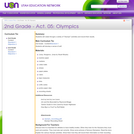
In this lesson students will rotate through a variety of "Olympic" activities and record their results.
- Subject:
- Arts and Humanities
- Material Type:
- Lesson Plan
- Provider:
- Utah Education Network
- Date Added:
- 10/22/2013

In this lesson students will rotate through a variety of "Olympic" activities and record their results.
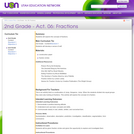
In this lesson students will explore the concept of fractions.

Exit ticket to be used as a formative assessment to make adjustments in instruction to address barriers in the curriculum and teaching.
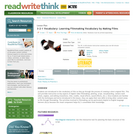
Bring the vocabulary of film to life through the processes of filmmaking. Students learn terminology and techniques simultaneously as they plan, film, and edit a short video.

Our objective with this resource is to walk you through the essential steps in creating compelling and engaging 360 video experiences. While some prior experience with photography or videography can help, the technology available now gives anybody the ability to produce this type of amazing content.
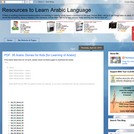
This page contains links to thirty-six stories children's stories written in Arabic. Many of the stories include morals or other teaching moments. Each page of every story has small illustrations for difficult words at the bottom to help make reading easier for both native and non-native speakers. The stories move from easy to more difficult. The stories are fully voweled.
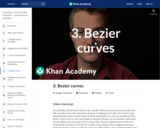
Using Bezier curves we can get smooth motion between keyframes.
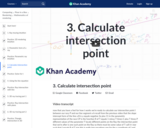
Now we are ready to calculate an intersection point using our ray CP (parametric form) and our line AB (slope-intercept form).
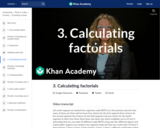
Now that we have a feeling for constructing permutations let's introduce the factorial formula to make counting them easy.
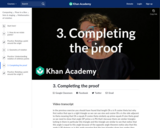
In this video we'll uncover the connection between the previous diagram and the rotation formulas. Repeat viewing suggested!
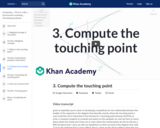
Let's apply what we just learned to calculate the touching point.
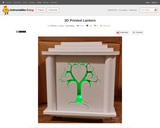
Create a 3D printed lantern in 20 steps.

Make cool wall art using a 3D printer. Use themes such as superheroes, space, fantasy, holidays, etc.
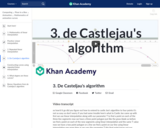
We can use de Casteljau's algorithm to calculate curves using any number of points.
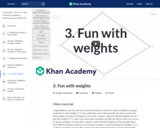
Let's take a closer look at the weights used during subdivision. Do we have to be careful when selecting weights?

Let's look more closely at how light bounces when it strikes an object. We'll cover reflected and refracted rays.
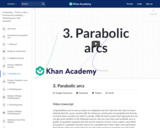
Are we really creating parabolic curves using this construction? Let's gain some insight first.

Use an array to store many objects as well as create any shape you can imagine. Click here to review objects.
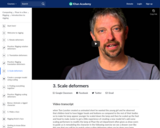
Now you can start scaling your shapes to make your lamp look younger.
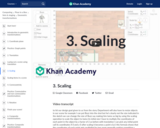
Next we need to explore the mathematics of scaling.